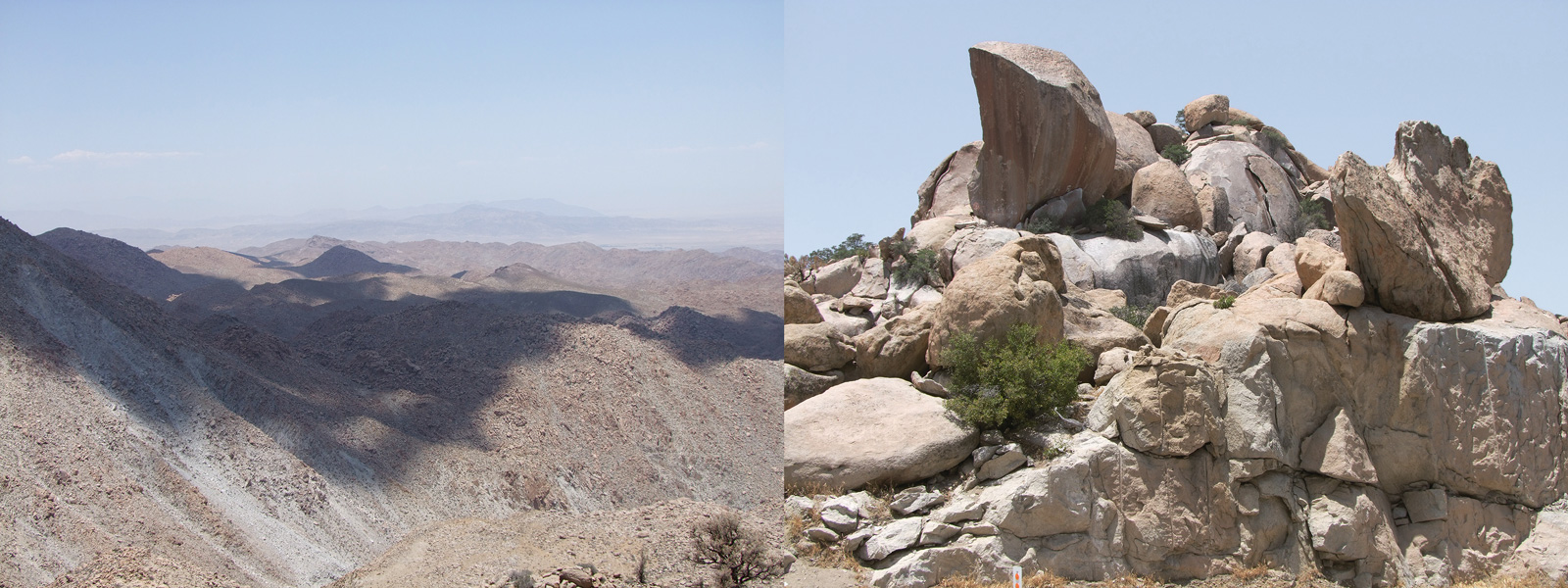Tortilla Wall
2008
In 2008 I traveled the Mexican side of the border from Tijuana to Calexico-Mexicali, photo-documenting The Wall, talking to people and collecting their stories. This project stems from my interest in NAFTA, borders, migration, human rights and personal narratives. Tortilla Wall, the result of this journey, is a 71-foot long, 65-piece photographic mural documenting the border wall from the Mexican side.
I started at the Pacific Ocean in Tijuana where The Wall begins, submerged in the ocean, and runs east like a scar. At that time The Wall was part of a multiyear, multibillion-dollar effort known as the Secure Border Initiative. Announced with fanfare by the Bush administration in November 2005, it was intended to cover the entire 2,000-mile border with Mexico. Besides increasing the number of guards and expanding the physical wall, the plan promised a high-tech “virtual fence” using a sophisticated system of cameras, sensors and radar to locate--with new speed and clarity-- people crossing the border and to assist enforcement agents. This plan has proven unsuccessful in keeping migrants from crossing into the US. Trump has recently commissioned 8 prototypes that will be tested for strength and impenetrability; estimated costs for this construction range in the billions of USD.
The following story was told to me in July, 2008:
His name is Alberto. He tells me he was born in “TJ” (Tijuana), has lived in LA for 33 years, was educated there, and worked as a limo-chauffeur. He has a wife and parents in LA and a couple of teenage kids. He is rather handsome and charismatic, in good physical shape. He was deported under the “three strikes” law when he tried to walk out of Walmart wearing a new pair of runners. He has three tiny teardrops tattooed below his right eye and his bald head is crisscrossed with a meandering tattoo. I try hard not to stare at it.
Eating a lime green paleta (popsicle), he easily climbs up to sit on the border wall. He tells me he is living with an uncle who doesn’t really want him there. He is desperate to get back to his family. He attempted to cross last week but was caught by ‘la migra’ and sent back. He tells me he could get a fairly well paid job in TJ, being bilingual. He points to a factory where he knows he could be hired. He says he could go to community college to get more education, and apply for a pardon in 5 years to go back to the US legally. He could. But we both know he’ll be here every day, staring North through the section of chain link fence, binoculars in hand, and that he’ll keep trying to cross right here. He tells me he’d never try to cross anywhere else, for instance in the desert; he doesn’t want to die crossing.












